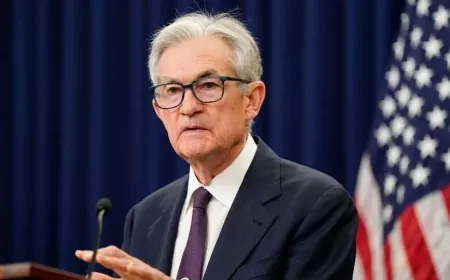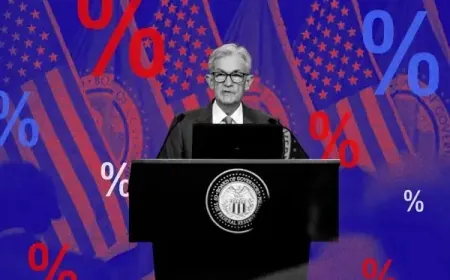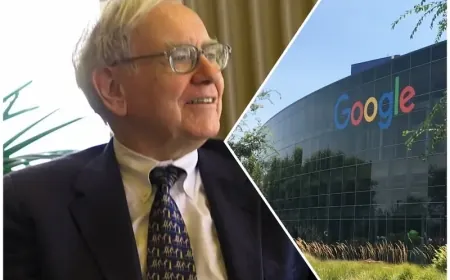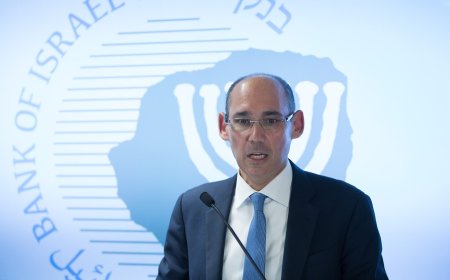Fed Vice Chair Jefferson Urges Caution on Further Rate Cuts
Fed Vice Chair Philip Jefferson says the central bank should move carefully on additional rate cuts as the economy approaches a neutral policy level and data gaps persist.
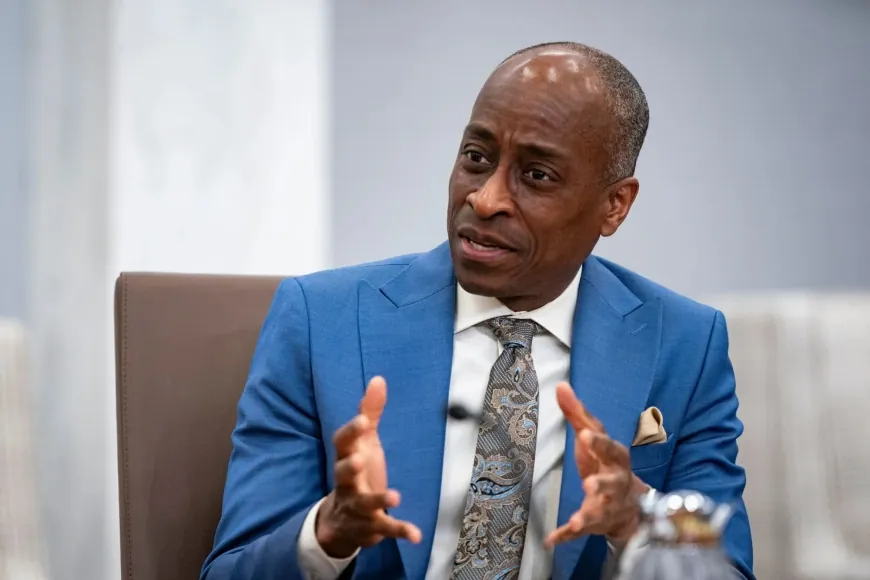
Federal Reserve Vice Chair Philip Jefferson said on Monday that the Fed should not rush into another rate cut. He noted that interest rates are now closer to a level that neither slows the economy nor pushes it forward, and said decisions from this point need to be made carefully.
At a Kansas City Fed event, Jefferson said last month’s quarter-point reduction was appropriate given signs of slower hiring and modest improvement on inflation. He added that interest rates are still working as a restraint on the economy, but not as strongly as before.
“We are nearer to what many would consider a neutral setting,” Jefferson said. “When policy reaches that area, each move needs more attention, and the case for quick action becomes weaker.”
Jefferson said the Fed will review upcoming data closely but stressed that one cut does not automatically lead to another.
Different Views Inside the Fed
Jefferson’s remarks come at a time when officials inside the central bank hold different views on what should happen next. Some members want more confirmation that price increases are slowing before backing another cut. Others are concerned that keeping rates high could put more strain on hiring.
The discussion has been complicated by missing government data following the 43-day shutdown. Several economic reports were delayed, leaving the Fed without information it normally reviews before major decisions. Officials have said the gap in data makes it harder to judge how quickly conditions are shifting.
Limited Data Before the December Policy Meeting
Jefferson said it is still uncertain how much official data the Fed will have before its December 9–10 meeting. Some indicators, such as the monthly employment report for September, remain on track and will be published Thursday. But updated calendars for other releases—including inflation, spending, and manufacturing reports—have not been finalized, leaving open questions about what information will be available to policymakers.
Fed officials will have to balance those data gaps against recent shifts in the economy. Hiring has slowed compared with early-year levels, and wage gains have moderated. At the same time, goods prices have steadied and housing-related inflation has shown early signs of easing, though service-sector inflation remains persistent.
Fed Officials Assess Conditions With Partial Data
Jefferson said the upcoming months will be harder to evaluate because several key economic reports are still delayed. Without the usual set of indicators, he noted that policymakers will need to base decisions on a narrower view of the economy.
He said inflation has eased in recent months and hiring has cooled, but added that the Fed cannot rely on one month of data to guide its next move. Jefferson also cautioned that the rate cut approved last month should not be seen as the start of a fixed sequence.
“If the data we receive shows slower hiring or continued progress on prices, we will review that information carefully,” he said. “But with some reports still pending, it is important not to move faster than the facts allow.”
He said the discussion at the December 9–10 meeting will depend heavily on how much official information becomes available beforehand.
Also Read: Fed Rate Cut: How Credit Cards, Mortgages & Auto Loans Are Affected
